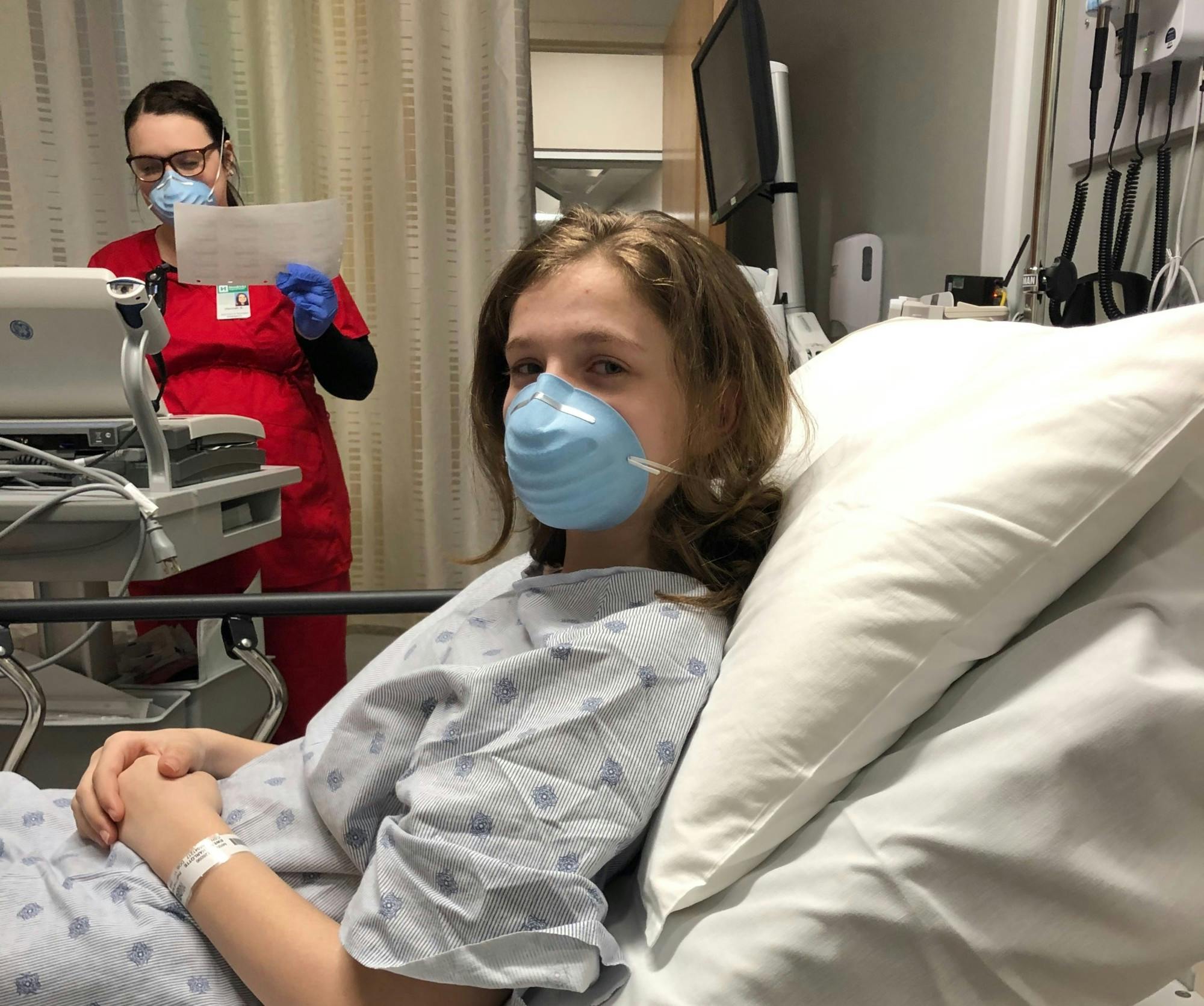Last night, President Trump signed the first of what will likely be a number of bills to affect the workforce. In a time where HR is already stretched and resource-poor, especially in smaller organizations, this will be a challenge. I have a few breakdowns to share from our friends in the legal community who burned the midnight oil to get a detailed analysis of this law out.
The first from Amy Epstein Glick of FisherBroyles breaks down the key elements of the bill:
- Employers affected: Employers with less than 500 employees
- Employee eligibility: Employees who have been with their company for at least 30 calendar days
- Types of leave allowed:
- 12 weeks of leave (10 paid) for school and childcare-related COVID-19 absences if an employee can’t work (excludes those who have the ability to remote work)
- 80 hours of paid COVID-19 related sick pay if ordered by a doctor or government to quarantine
- Deadline for compliance: April 2nd, 2020
You can read her full post for a quick breakdown of the law in plain English.
The National Law Review goes into detail about the employer tax credits that will ultimately pay for these programs:
- The sick leave credit for each employee will be for wages (including qualified health plan expenses relating to those wages) of up to $511 per day while the employee is receiving paid sick leave to care for himself or herself, or $200 if caring for a family member or child whose school has closed. The credit will be limited to 10 days per employee per quarter.
- The family leave credit for each employee will be for wages (including qualified health plan expenses relating to those wages) of as much as $200 per employee per day, and $10,000 in the aggregate for all calendar quarters.
- To prevent a double benefit, employers must include the amount of credits received in their gross income.
- Any wages taken into account in determining the credit allowed under the above emergency provisions will reduce the Code section 45S paid family and medical leave credit established by the 2017 tax reform act available to the employer.
Another from Jeff Nowak, a lawyer and shareholder at Littler Mendelson P.C., where he writes about the FMLA-like restoration guidelines that will be new to many employers, with a few twists:
Emergency FMLA leave is job-protected, meaning the employer must restore an employee to the same or equivalent position upon their return to work. However, the new law includes an exception to this requirement for employers with fewer than 25 employees, if the employee’s position no longer exists following leave due to operational changes occasioned by a public health emergency (e.g., a dramatic downturn in business caused by the COVID-19 pandemic), subject to certain conditions.
Notably, if the small employer does not return the employee because of operational changes, the employer must make reasonable efforts to contact a displaced employee for up to one year after they are displaced if an equivalent position becomes available.
Concerns about the impact of the law
Jon Hyman, a partner in the labor and employment group of Meyers Roman Friedberg & Lewis wrote about the law, “Is this law perfect? Not by a long shot. For starters, it doesn’t apply to the largest of employers who can afford to pay for this leave, and it offers little in the way of relief to the smallest of employers who can’t.”
“It has other holes as well. It leaves too many employees unprotected and too many types of leave uncovered,” continues Hyman. “That said, it’s a start, and it’s more than I would have hoped for if you would asked me about it just one week ago.”
Rebecca Bernhard, a partner at law firm Dorsey & Whitney in both its labor and employment practice, wrote to TLNT, “Many note that it is smaller employers who are more vulnerable to the economic difficulties and employees of those smaller companies that are most likely to need federally mandated benefits. However, imposing mandatory economic obligations onto small employers is not something that would have received such quick bi-partisan and presidential support.”
“Compromises have to happen. That still leaves us wondering why large employers were exempt,” Bernhard says.
That said, the law is simply a starting point for what legislatures have termed a phased approach to dealing with the fallout from the COVID-19 pandemic. “This law is a floor, not a ceiling,” says Hyman. “It is solely within your power to do right by your employees.”
